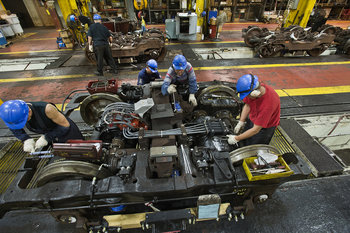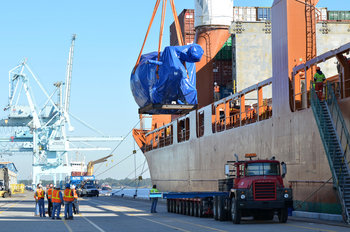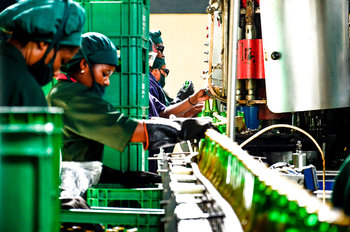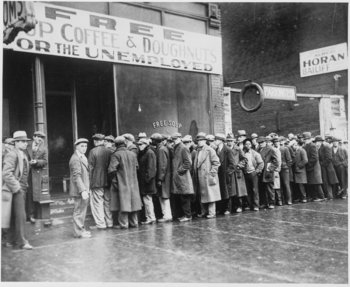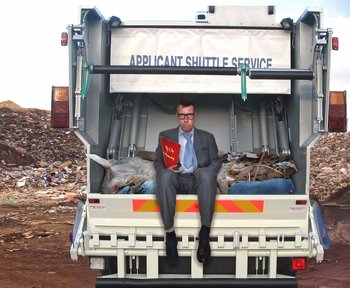
Trade
Trade between nations can be considered a division of labor. If one nation is efficient at producing steel and another efficient at producing wood, it makes sense for these nations to trade steel for wood.Supply Chain
The process of procuring goods and services from partners is a type of division of labor. For example, a firm that purchases cloud computing services is essentially assigning work to the provider of such services.Outsourcing
Outsourcing business processes is a division of labor. For example, a fashion brand that outsources manufacturing and logistics to a partner.Organizational Structure
Dividing an organization into units and teams each with its own mandate.Roles
A firm that hires people to perform different roles. This allows the firm to recruit people with different knowledge and abilities who are productive at each role.Responsibilities
Assigning responsibilities is a common way to divide labor and allow individuals to focus on areas of strength.Objectives
Setting goals and objectives for teams and individual contributors. For example, one marketing manager who has the objective of improving brand recognition while another is given a target to improve customer loyalty.Tasks
Assigning different tasks to different people. For example, a project that identifies hundreds of tasks that are assigned to dozens of employees.Processes
The steps in a process may be assigned to different people or teams. For example, a production process implemented as a series of workstations. This allows the team at each workstation to become highly productive at their set of process steps.Advantages
The division of labor is a fundamental economic principle that is the basis for an efficient economy. Specialization allows individuals to become productive by acquiring knowledge and abilities that are important to a role. This may improve the salary and value of workers. From the perspective of the firm, the division of labor is efficient and allows the firm to scale.Disadvantages
The division of labor can result in a high level of dependence on an employee or partner. From the perspective of the employee, specialization can be boring, particularly if it results in repetitive work such as a step in a production process. Employees may also risk being overspecialized such that their skills are heavily related to a particular process or technology. This may present a challenge if such technologies or processes become outdated. Generally speaking, generalists have more career flexibility than specialists.Division of Labor vs Division of Work
Strictly speaking, the division of labor is breaking work into different skill sets to allow for specialization. The division of work is the process of breaking work into different tasks to allow for scale. However, these terms are often used interchangeably.| Overview: Division Of Labor | ||
Type | ||
Definition | The separation of work into different roles, tasks and steps to allow for specialization and scale. | |
Also Known As | SpecializationDivision of Work | |
Related Concepts | ||





